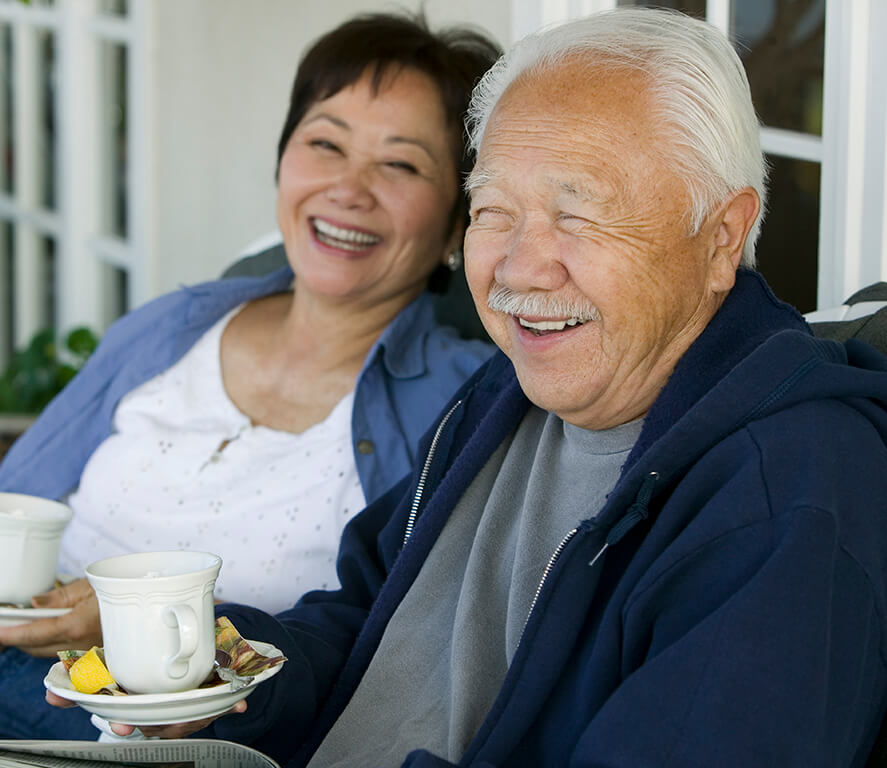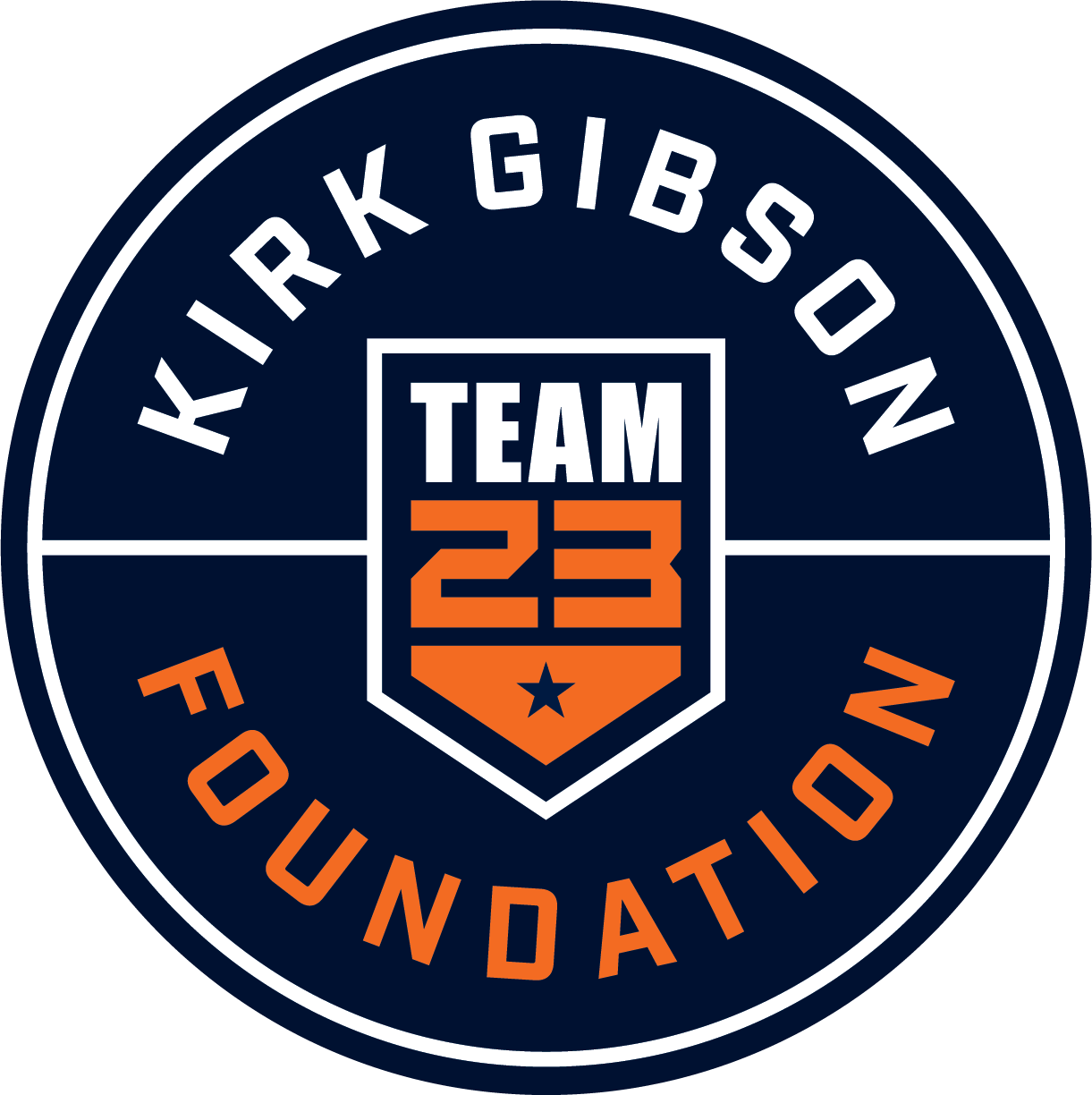Navigation
What is Parkinson’s?
Understanding, Together.
- Resting tremor
- Cogwheel Rigidity (muscle stiffness)
- Bradykinesia (slowness of movement)
- Akinesia (absence of movement)
- Postural instability

The other causes of parkinsonism, or the akinetic-rigid syndrome, include other neurodegenerative diseases besides typical Parkinson’s disease. These include the Parkinson’s Plus diseases, familial forms of Parkinson’s disease, Wilson’s disease and Huntington’s disease in children. In addition, poisons including carbon monoxide, manganese and MPTP, injuries to the basal ganglia including strokes (Vasculogenic Parkinson’s), acute or chronic (Pugilistic Parkinson’s) head trauma, post-encephalitic (Von Economo’s disease) and drug-induced parkinsonism. The main risk factors for Parkinsonism are increasing age and family history.
The basic problem in Parkinson’s disease is loss of dopamine-producing nerve cells in a region of the brain called the substantia nigra pars compacta. The loss of the dopamine these cells release in a region of the brain called the striatum produces the symptoms of the akinetic-rigid syndrome. Everybody has a gradual loss of these dopamine-producing nerve cells as they age, but patients with Parkinson’s disease have lost more of them than other people.
Why these cells die in Parkinson’s disease is unclear, and the focus of much research. Studies of identical twins show that most Parkinson’s disease is not inherited, and epidemiological studies support a multifactorial model in which both genetic and environmental factors play a role. Familial forms of Parkinson’s disease are known but are uncommon and atypical, most often presenting at an earlier age.
Stages of Parkinson’s Disease
Clinicians use 5 stages to describe motor symptom progression in PD. Stages 1-2 are early-stage, 2-3 mid-stage, and 4-5 advanced-stage PD.





Diagnosis
Treating, Together.

Managing PD






Tips For Getting Started

Start slow

Prepare now for later

Commit to goals

Balance diet & exercise

Get Involved
Why Exercise?
Moving, Together.
- Neuron size/speed of transmission increase
- Increased corticomotor excitation
- Blood flow increases
- Increased serum levels of BDNF
- Inflammation decreases
- Immune system function improves
- Dopamine receptors increased
- Healthy brains recover faster and can do more with less

The Benefits of Exercise for
Parkinson’s Disease
Moving, Together.
Exercise is beneficial for general health and can assist in managing both motor and non-motor symptoms of Parkinson’s disease. For those with Parkinson’s, exercise has been shown to:
- Slow the progression of Parkinson’s
- Decrease pain
- Improve sleep, mood, and memory
- Prolong independent mobility
- Boost activity that keeps brain cells healthy
The best exercise for Parkinson’s is one that you will enjoy so you’ll stick with it. It’s important to get your body moving, keeping safety in mind. Research shows that a minimum of three days a week is key to help manage the symptoms of PD. Aerobic activity, strength training, balance training, agility, Multitasking, and stretching are all great options with unique benefits.

Alternative Therapy Options
Medication
Currently available PD medications do offer symptomatic relief, but as PD progresses, their use is often associated with significant and sometimes intolerable side effects.
For example, Levodopa, one of the most effective treatments for PD can normalize motor function for years but later cause involuntary muscle movements known as dyskinesia and dystonia (sustained muscle contractions). People in the mid to late stages of PD often experience a wearing-off of the beneficial effects of PD drugs and a re-emergence of motor and non-motor symptoms before their next scheduled dose.
In addition to new therapeutic options, better diagnostic tools are needed to identify PD earlier in the course of the disease. Earlier diagnosis may provide a therapeutic window to slow or prevent the progression of PD prior to the onset of motor impairments.

Resources & Research
Stay updated on the evolving research for treatments, diagnostics, education and support for Parkinson's and related disorders.
Contact Us
More than 10 million people worldwide are living with Parkinson's Disease.
You are not alone in your journey. We invite you to connect with us.





